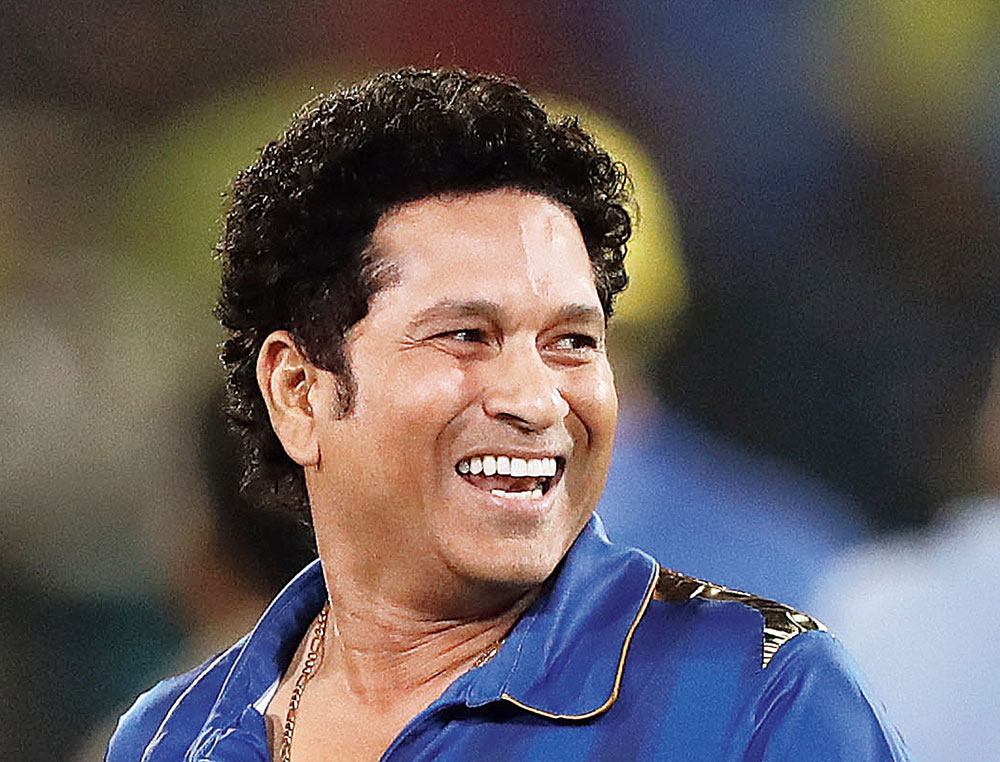When the henpecked Mr Bumble was asked for his view on the law in England which assumed that a wife acts on a husband’s direction, he famously remarked — “the law is a ass — a idiot.” Almost two centuries hence, on a glorious summer evening in London, two tie-breaking rules of law in different sporting events, in a coincidence for the ages, were subject to similarly intense scrutiny at two storied British institutions — Wimbledon and Lord’s. Breaking a tie is a complex matter, in sport as in life. On Sunday, Wimbledon managed to bring a classic final to a thrilling denouement through a tie-break in the fifth set — a rule change that was both rational and sensible. At Lord’s, however, the International Cricket Council’s decision to determine the winner in case of an intractable tie by counting the number of boundaries hit in the whole match was, in equal parts, bemusing, ill-conceptualized and asinine.
In the history of Wimbledon, this was the first year that the fifth set featured a tie-break. The rule change was prompted by the superhuman performances of John Isner and Kevin Anderson in their semi-final last year, a match in which the fifth set alone went on for around three hours to end 26-24. The seeming interminability of this ordeal led to a modified closure principle being introduced. The basic principle of winning a set by a difference of two games was given greater scope to fructify in the final set than in other sets, with no tie-break if the players were tied at 6-6. This was a seeming hat tip to tradition, symbolic of persistent British equivocation about change. However, if the tie continued at 12-12, then a tie-break would be played. The tie-break itself would be the same as in other sets — a microcosm of the difference-of-two rule. This was a relief — Roger Federer and Novak Djokovic, two of the greatest tennis players in history, who had given their all for over four hours, weren’t run to the ground because of a stoic resort to unthinking tradition. Equally importantly, it was a fair resolution as both players had an equal chance of winning the match when it was locked at 12 apiece in the fifth set.
Cricket’s journey to a Super Over in the final to break a tie was more tumultuous. Several closure principles have been followed in the past in cricket. Counting number of wickets lost— India beat Pakistan in 1987 on this ground; the head-to-head record in the World Cup — in the tragic tied game between Australia and South Africa in the 1999 World Cup when Allan Donald got run out with the scores tied, Australia was declared the winner having beaten South Africa earlier in the tournament; in the 2015 World Cup, no tie-breaker was deemed necessary and the Cup would be shared in the hypothetical event of a tied final. However, in 2019, it was decided that a Super Over would be used to break a tie. In case scores were still level after the Super Over, the number of boundaries scored in the match, including the Super Over, would be counted and the team with higher boundaries would win.
In deciding whether and how to break a tie at the end of a sporting contest, three principles appear to be at play — first, that the better contestant should win and a tie should ordinarily be broken; second, the criteria for determining who is the better contestant, if this has not been decided in regulation time, should have a rational nexus to the skills necessary to succeed in the sport; third, that the application of such criteria should be pragmatic and not lead to a near-interminable contest. Needless to say, different weights are attached to each of these principles in different sports. For example, in the 2015 cricket World Cup, when it was decided that in the event the final was a tie, the trophy would be shared by both teams — the rule-makers gave no weight to the first principle (that a tie should be broken) and maximum weight to the third principle (the contest should terminate soon).
It is here that England being crowned world champions despite scores being tied, both in the match and in the tie-breaking Super Over, on the basis of having scored more boundaries in the match is unprincipled and arbitrary, giving undue weight to the third principle at the cost of the second. A Super Over itself as a tie-breaking method is sound — it is a microcosm of a 50-over match in one over with three batsmen. It prizes the same skills that the game itself does — scoring runs and taking wickets. It is also quick, taking no more than a few minutes at the end of a day-long game.
But the closure principle of the winner being determined on the number of boundaries hit if the Super Over is tied is unprincipled. The Super Over or any other tie-breaking method which is essentially the match in a microcosm — tie-breaks in tennis, penalty shootouts in football and hockey, overtime in basketball — is prospective in nature. It allows both teams/players an equal chance to win a contest after it is tied. In essence, the tie-break starts on a clean slate. However, harking back to the number of boundaries scored in the whole match is retrospective. If a prospective method of breaking a tie is chosen, then any further tie-breaking method should likewise be prospective. Otherwise, a team is going to be partly judged on its performance in the tie-break, which ought to begin on a clean slate and partly on some select aspects of its performance in the match apart from the result, which is the antithesis of a clean slate. This is like saying that once scores in tennis are tied at 6-6 in the tie-break, the victor will be the one who has hit more aces in the match. Or, in football, if instead of a sudden death when scores after the penalty shootout are still level, the match is awarded to the team that has more corners. This is patently unprincipled.
It is also arbitrary as it privileges boundary-hitting, which is only one way of making runs, which, in turn, is only one of the two objectives in the game of cricket. There is no difference if one scores six runs by hitting one six or running two threes — except for higher decibel levels, there is no higher value attached to hitting a six. This tie-breaking rule gives greater weight to boundary-hitting, an unprincipled privileging that has no basis in the game. Further, there are two requirements to win a cricket game — runs and wickets. While unarguably an ODI match can be won without taking wickets (in theory) but cannot be won without runs, to discount wickets completely is yet another unconscious underlining of how much of a batsman’s game cricket really is.
The best that can be said of this rule is that so remote was the possibility of a Super Over being tied that the ICC failed to apply its mind and devise a principled and appropriate tie-breaking rule. Similar was the assumption in Dickensian England when the possibility of a woman dominating her husband was too remote to contemplate, leading to Mr Bumble’s vicarious punishment. This was comeuppance for the cruel Mr Bumble. But for New Zealand in the World Cup final, defeat was both cruel and undeserved. The rule here, like the law there, was an ass. Or perhaps worse — a thrice-double ass.



